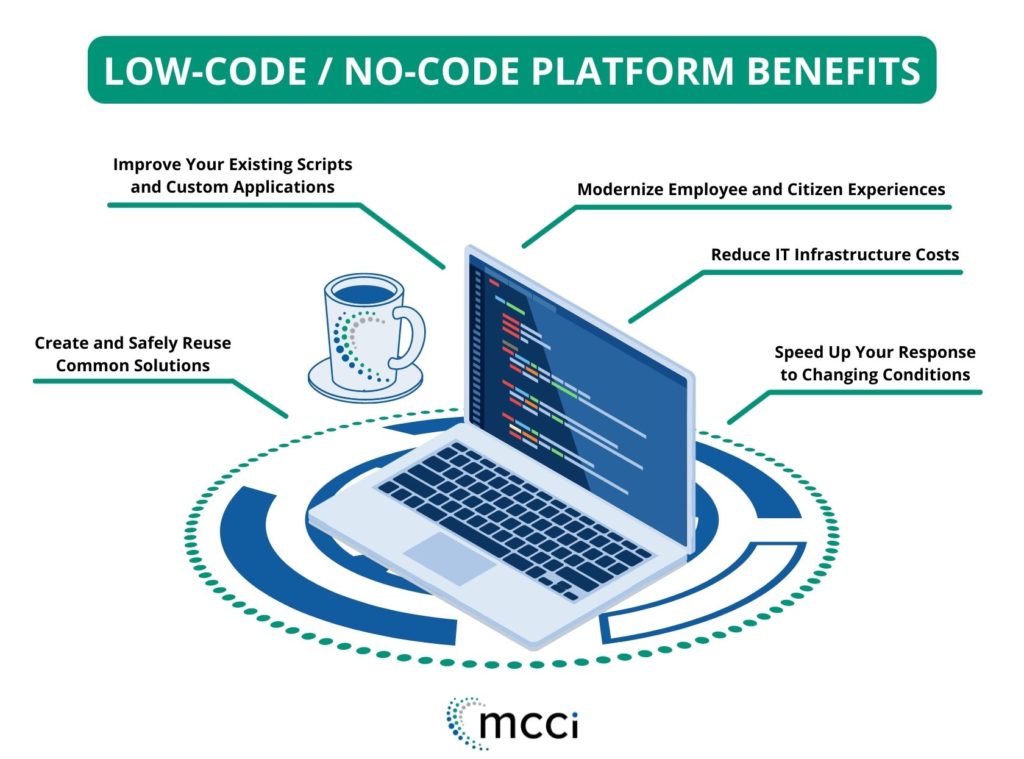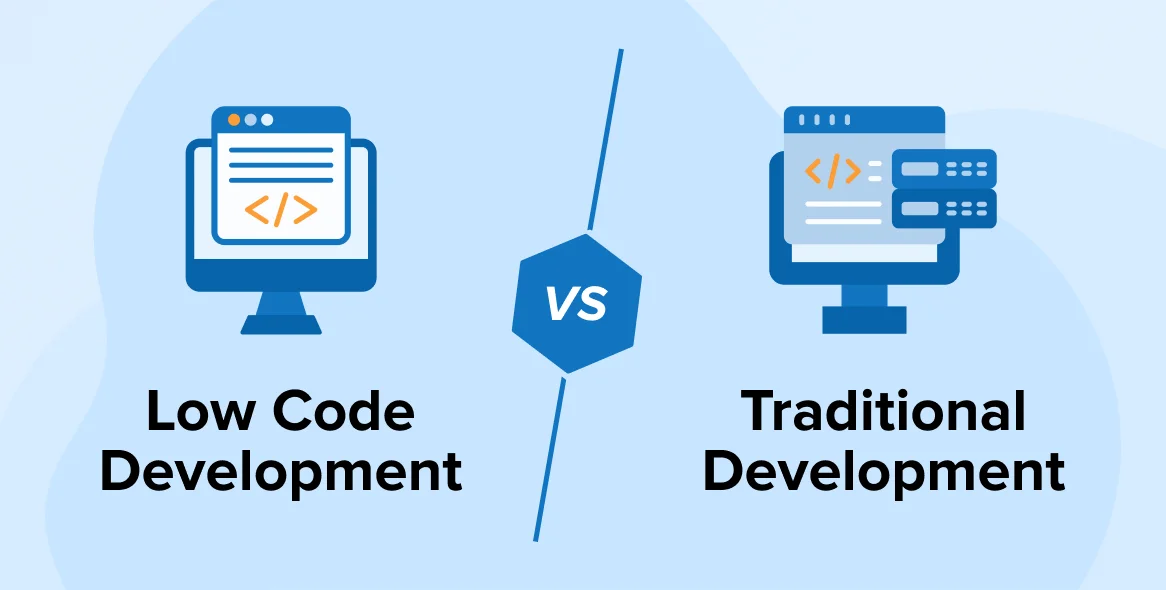With businesses pushing for efficiency and smarter workflows, two buzzworthy technologies stand at the forefront: Robotic Process Automation (RPA) and Artificial Intelligence (AI). Though they can overlap in certain use cases, each serves a distinctive purpose. RPA excels at handling repetitive, rules-based tasks, while AI brings adaptive learning and decision-making. So, which do you really need? And how do they compare? This guide offers a close look at RPA versus AI, clarifies pros and cons, and helps you pick the best solution for your business aspirations.
“RPA and AI aren’t competing tools. They complement each other. RPA takes away time-consuming tasks, while AI adds deeper insight. Mixed together, you can unlock real transformation,” remarks Tamer Badr, owner of Singleclic.
Introduction
In the race to streamline operations, companies often investigate new automation strategies. RPA generally fits scenarios where tasks follow predictable steps—like invoice data entry or form filling. The software “bot” mimics human clicks and keystrokes, reducing the margin of manual error and speeding up tasks that used to consume entire shifts.
On the flip side, AI stands for the next level of cognitive computing. It uses machine learning, natural language processing, or neural networks to detect patterns, predict outcomes, and adapt to new data. That means AI can handle unstructured data (like text or images) and produce judgments that go beyond simple if-then logic. For instance, an AI engine can read thousands of medical scans to detect anomalies or parse complex legal documents for relevant clauses.
Despite these differences, both technologies can converge to form advanced “intelligent automation,” where the speed of RPA merges with AI’s interpretive capabilities. That said, not everyone needs AI for every process. It’s about matching the tool to the job, factoring in cost, complexity, and business outcomes.
People Are Always Asking
- “Does RPA replace the need for AI or is it the other way around?”
- Answer: No, each excels at distinct tasks. RPA deals with rule-based work. AI deals with evolving, data-heavy tasks needing interpretation.
- “Do I need a huge budget for AI?”
- Answer: AI can be high-cost if you build custom models, but many off-the-shelf solutions or cloud services make it more accessible now.
- “Is RPA simpler to implement than AI?”
- Answer: Often, yes. RPA tools can be set up quickly for standard processes. AI demands data preparation and possibly specialized staff.
- “Could an AI solution do everything RPA does?”
- Answer: Theoretically, yes. But that’s often overkill if tasks are purely repetitive. AI is best for tasks requiring adaptation or deeper analysis.
- “Is it wise to combine RPA and AI from the start?”
- Answer: If you have stable, rules-based tasks and advanced data insights, a combined approach can deliver fast, robust outcomes.
Distinguishing RPA from AI
- Scope of Automation
- RPA: Automates discrete, structured steps. It mimics what a human user does in a software environment.
- AI: Learns from data, adapts to new scenarios, and can interpret unstructured content like text or images.
- Data Requirements
- RPA: Prefers stable user interfaces, consistent data input, and minimal change.
- AI: Relies on large data sets for training or decision-making, requiring thorough data curation.
- Complexity of Implementation
- RPA: Deploying bots can be straightforward, but changes in underlying apps or processes may break workflows.
- AI: Typically more complex, requiring advanced skill sets and iterative model training.
- Outcome
- RPA: Gains speed, consistency, and error reduction in set tasks.
- AI: Provides adaptability, predictive insights, and the capacity for handling open-ended questions.
- User Involvement
- RPA: Often championed by business teams who see immediate time savings.
- AI: Might need data scientists or specialized consultants for deeper custom solutions.
Tamer Badr states, “Pick your battles. If your processes are well-defined, RPA alone might suffice. If you’re looking at data interpretation or dynamic tasks, AI becomes indispensable.”
Potential Drawbacks of Each Approach
Despite their advantages, both RPA and AI come with concerns:
RPA
- Fragile Scripts: Slight UI changes can break the bot’s workflow.
- Limited Adaptation: It follows rules blindly and doesn’t “learn” unless combined with AI.
- Maintenance Overhead: Constant monitoring might be required for updates or new software versions.
AI
- Data-Intensive: Needs ample, quality data. Incomplete or biased data sets hamper accuracy.
- Longer Setup: Model training, iterative testing, and expert involvement can prolong rollouts.
- Potential Regulatory/Privacy Issues: AI apps handling personal data may face compliance obstacles.
Tip: Evaluate your environment for stable, rule-based processes (fitting RPA) vs. tasks that need interpretation or forecasting (fitting AI). Blending both can yield “intelligent automation”—the best of each world.
Where They Shine
- Claims Processing
- RPA: Automates the intake, validation, and routing of claims.
- AI: Identifies fraudulent patterns or complex anomalies.
- Customer Service
- RPA: Prefills forms, updates CRM records, and standardizes email follow-ups.
- AI: Develops chatbots with natural language understanding for real-time, personalized responses.
- Finance & Accounting
- RPA: Processes invoices, cross-checks payments, and updates ledgers.
- AI: Predicts credit risk, analyses spend data to find cost-saving patterns.
- HR & Recruitment
- RPA: Automates background checks, interview scheduling, or new-hire provisioning.
- AI: Screens resumes using advanced matching algorithms, identifies top talent.
- Inventory Management
- RPA: Syncs stock details across multiple software systems, triggers reorders.
- AI: Forecasts sales demand, detects anomalies in supply chain data.
Tamer Badr points out, “A unified strategy—where RPA does the mechanical steps and AI adds predictive or interpretive power—often creates the smoothest workflow.”
Real-World Reviews
Sara, Operations Manager in a Healthcare Firm
“We used RPA to speed insurance approvals. It halved clerical workloads. Then, we added an AI element analyzing claims for red flags. The synergy boosted our fraud detection noticeably.”
Ahmed, CFO at a Global Retail Chain
“We first tried RPA for daily financial reconciliations. Good results, but we needed deeper analysis of spending patterns, so we introduced AI. Implementation costs rose, but the insights are invaluable.”
Karla, Tech Director in a Manufacturing Startup
“AI alone felt overkill for basic data entry tasks. We integrated RPA for immediate improvements. Maybe next year, we’ll add AI for demand forecasting. Start with what solves the biggest pain first.”
Frequently Asked Questions
- Does RPA require advanced coding?
- No. Many RPA platforms feature low-code drag-and-drop interfaces. AI, though, might demand more specialized knowledge.
- Can I run RPA and AI on the same vendor’s platform?
- Yes. Some solutions blend RPA and AI modules seamlessly, forming “intelligent automation.”
- Which is cheaper to implement?
- Typically, RPA costs less upfront. AI projects, especially custom ones, can run higher due to model training.
- Can AI fix poor data in RPA tasks?
- Sometimes. AI might refine or correct some data points, but it can’t magically solve incomplete or inaccurate data from the source.
- Do I pick one technology if my budget is tight?
- Possibly. If tasks are strictly rule-based, start with RPA. If you need interpretive or predictive capabilities, AI is more fitting.
- Possibly. If tasks are strictly rule-based, start with RPA. If you need interpretive or predictive capabilities, AI is more fitting.
Practical Guidance for Implementation
- Assess Your Use Cases
- Identify tasks that are purely routine (ideal for RPA) vs. tasks needing interpretation or data predictions (for AI).
- Choose the Right Pilot
- Testing a small yet impactful process first provides a proof of concept. This approach fosters team buy-in and clarifies integration challenges.
- Secure Quality Data
- AI thrives on robust, clean data. If your data sets are disorganized or incomplete, invest time in cleaning them up.
- Budget for Continuous Refinement
- RPA bots can break if app interfaces change. AI models degrade if data patterns evolve. Set aside resources for maintenance.
- Train and Communicate
- Encourage employees to see these tools as allies, not threats to their jobs. For advanced AI tasks, consider a data scientist or external consultant.
Tamer Badr emphasizes, “Constant training and open communication prevent misunderstandings. Automation is a partnership—between staff who know the process and technology that executes it.”
Conclusion
RPA versus AI isn’t an either/or dilemma; it’s more about picking the right tool for each job. RPA thrives on consistent rules and data structures, automating repetitive tasks with minimal complexity. AI excels in analyzing large, messy data sets, generating predictive insights, and adapting to new patterns. If your aim is to unburden employees from grunt tasks quickly, RPA might suffice. For advanced analytics, anomaly detection, or language interpretation, AI steps in.
When combined, they form “intelligent automation,” delivering both speed and strategic insight. However, keep an eye on challenges like data readiness, project costs, and staff acceptance. A single pilot project that demonstrates clear ROI can pave the way for broader adoption. Ultimately, whether it’s RPA, AI, or a synergy of both, your choice should align with your company’s data maturity and strategic objectives.









